It’s that time of the year – the time of Yuletide greetings, chocolate melting on an open fire, sleigh bells tinkling in the long burnt grass, and of course, the perennial favourite, the one true portender of Christmas: a Star Wars movie. I have, of course, been going to see Star Wars films since the very first time, and in many ways nothing much has changed except that the actors on screen have gotten clearer as our eyes are getting dimmer. It would be embarrassing to screen the first Star Wars at the same time as this one, as the contrast would, I fear, be an embarrassment. Some things are best left forgotten (Jar Jar…).
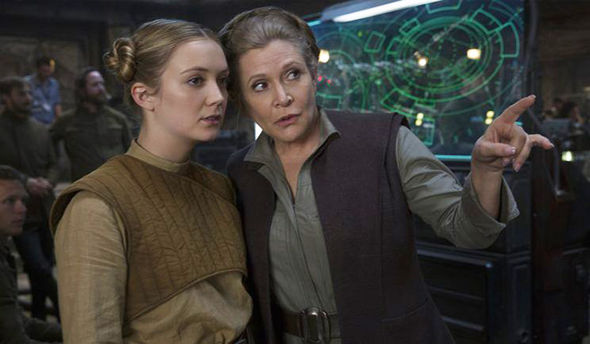
There are some differences between Architecture and Film though. Massive differences really – and the most obvious of these is the credit list at the end. Tonight’s film, the current Star Wars one (I have no idea what number it is in the order of things – they’ve lost me completely now – 9 and a half? – and where was this one compared to the last one?), had a credit list of people that worked on the project that spanned half the globe and most of the history of time before it stopped rolling. Thousands and thousands of people, no doubt all of them hard working, but really a quite extraordinary waste of human talent when you think of the sheer number of person hours that go into shading the precise shade of dust on planet XB22. Film is fleeting, ephemeral, gone in 3 hours, but the credits live on, rolling across the screen forever in a large, long list of compositors and VX editors and animal wranglers and key grips, etc, etc, etc. The credits list for Star Wars rolled on and on and on and on.

But on your average architectural team, how many of the team manage to get your names on screen? Or writ in stone? Unless you’re Andrew Paterson, in fact, how often does the newspaper even spell out the name of the architectural practice, unless it is just “artist’s depiction” or the even more hideous “graphic supplied”? Nowhere is there a list of architect, engineer, QS, client, builder, etc at even the most basic, let alone the names of all the painting crew, assistant electricians, drivers to Mr Leviathan, let alone best boy key grip. And yet our projects live on, anonymous, nothing committed in perpetuity, except for the street address in a jobs folder in a microsoft excel spreadsheet, lost in time, like tears in rain.
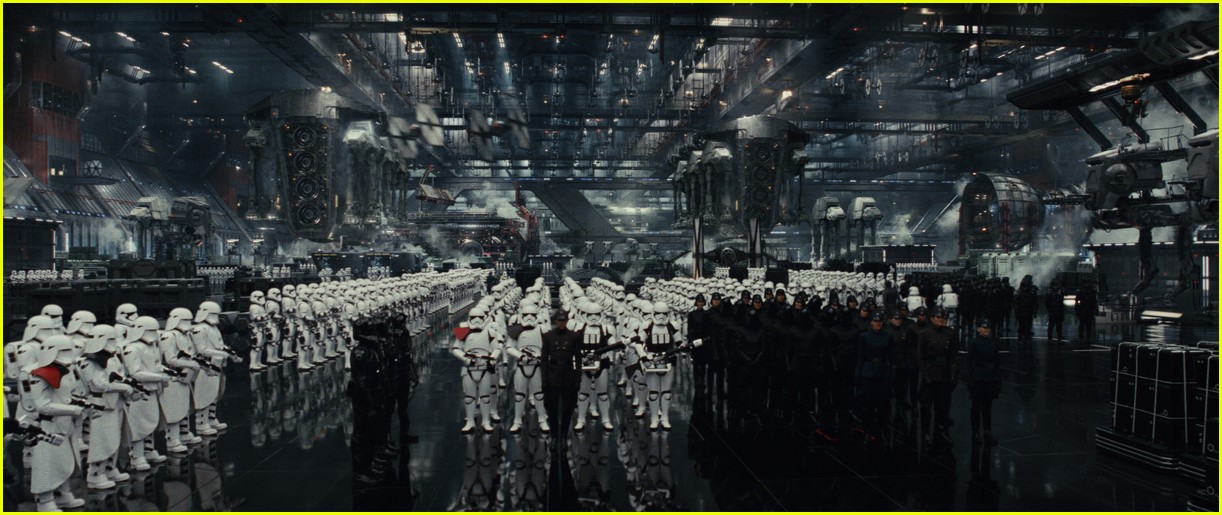
One day, I swear, I’m going to get the name of every single person on a project, from “renderer of foliage” right through to “sorting out Council Consenting issues” listed on a board and damn well carved in stone right in the reception lobby.

But anyway: the film. The Last Jedi – which I sincerely hope it is not, seeing as I was trying to persuade the Stats department that it was not a joke that I put down on the census form, but a firmly held belief that there is a life force within us all. This should be so much more obvious than having a mystery old man living on a cloud, impregnating foolish young Palestinian girls, somehow being a basis for a major world religion, especially when at this time of year it gets muddled up with a legend of a fat old child molester eating cake and slipping up your chimney. Where was I ? Oh yes – its not a joke.
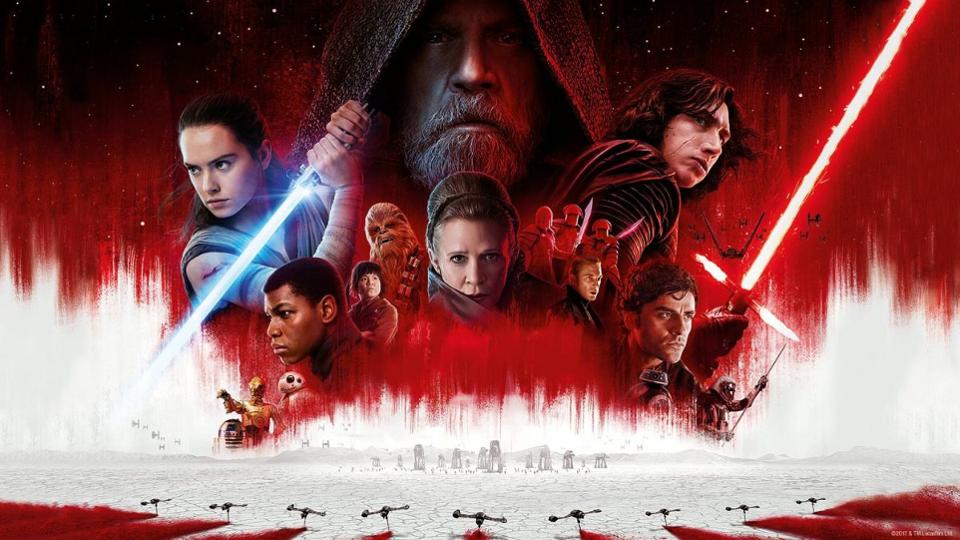
The thing that gets me intrigued, not just this year but every year a new Star Wars film is released, is that there is a battle between good and evil, between Us and Them, between Empire and Rebels, between small and Mighty. When the very first Star Wars came out, back in prehistoric times, was there as much emphasis on the demonic state of the Empire? The motley crew of the rag-tag bag of rebels? Perhaps I didn’t pick up on the politics of it all, which now seems as subtle as a brick. The “Empire” is the United States, a bloated bureaucracy with the StormTroopers the equivalence of the US Military. Endless amounts of faceless grunts in military gear, white helmets covering their faces so we don’t treat them as human, or see if they are black, or white, or chinese, or african. The Emperor is therefore presumably a leader like the US President, so back in those days it was probably Ronald Reagan. Nowadays it would be – oh oh – you know who. The orange-headed muppet whose name shall not be trumpeted. The mind of a retarded narcissistic toddler in the body of a fat senile old man.

So who then are the rebels? The revolutionaries who would destroy the Death Star? Who is Han Solo in our modern idiom? Was Timothy McVeigh a lone fighter against the dark side of bureaucracy when he blew up the Oklahoma City administration building, killing 168 people and injuring 600 more? In Star Wars films, we never see blood – wounds are instantly cauterised by the white hot heat of the light sabre – but in real life people bleed, and die horrible deaths. In movies we cheer when the bad guys get blown up, but in real life any death is a horrific, sad thing to see. We automatically side with the underdog – with Han Solo and his furry friend, or with Rei and Poe, fighting against the unbelievable forces of evil, financed by the immoral profits of an evil empire. But isn’t that also what “freedom fighters” everywhere feel like too? As Mugabe said once – before he went completely mad – was: “One man’s terrorist is another man’s freedom fighter”. So, to put it another way – is “the Resistance” nothing more than ISIS ? Is Han Solo just another Mohammed Atta? Is Obi Wan Kenobe really just Osama bin Laden? Is Luke Skywalker no more than the Unabomber, hiding away from everything and refusing to cope with the world?
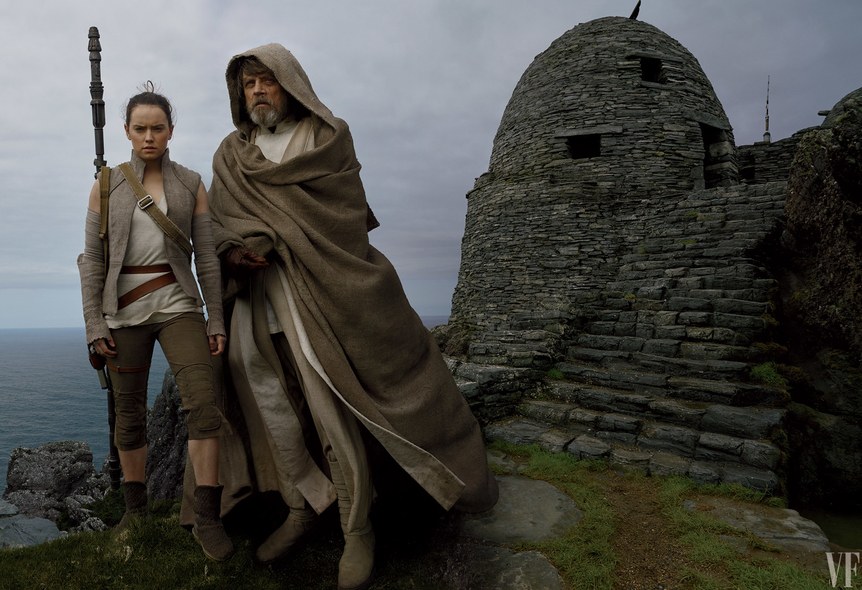
Last, dark thoughts: is the destruction of the twin World Trade Towers nothing more than the destruction of the Death Star? We all cheered when the Red leader sent off the missile that blew up the death star, and took the lives of millions of un-unionised construction workers completing that project under intense conditions with no danger money. Note: “The canonical population of the first Death Star was 1.7 million military personnel, 400,000 maintenance droids, and 250,000 civilians/independent contractors.” (Wikipedia, obviously). Did you shed a tear for them? No? So, are you part of the Resistance, or are you really rooting for the Empire?
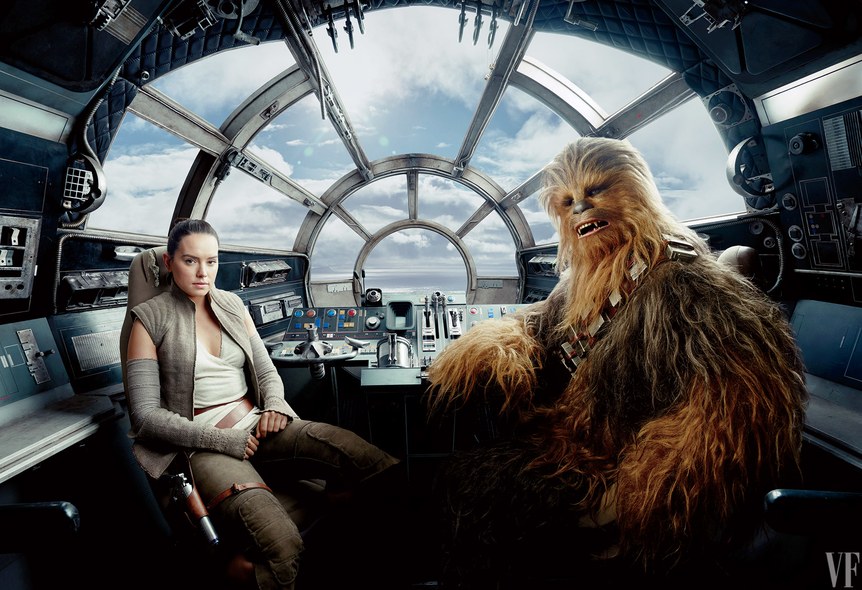
So many questions.
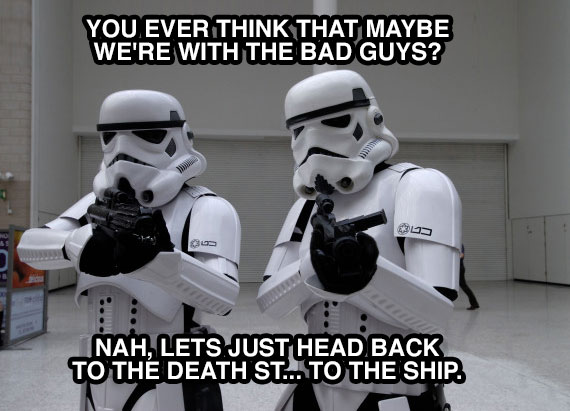
Oh yeah, and the film was good. Thanks.






The picture of that last guy looks like he should be selling Heinekin or something…
What has this got to do with Wellington architecture and urban planning? I’m confused.
AB – I’m pretty sure that’s Heineken Skywalker – Luke’s real father.
As for the US politics – it pains me to point out that when Star Wars I (or IV) was made, the US President was none other than the sainted Jimmy Carter. I’m not altogether sure that George Lucas’s politics would have led him to produce quite the parables you see on board the Death Star. I think he is pretty much a purveyor of the “faceless forces of statism will never crush private enterprise” line. More Joseph Campbell than Ayn Rand, I’ll grant you. But I don’t think he’s the droid you’re looking for here.
Excellent, thanks Starky. Heinekin Skywalker del Toro. Bugger about the Jimmy Carter thing. Throws that theory out the very small window. Defenestration! So, saying that private forces are the Rebels, fighting the big business that is the US military-industrial mechanism of Washington, are you surmising that Steve Bannon is actually Han Solo in reality? Generally fucking things up big-time?
Benicio’s smuggler was probably the biggest injection of character into the movie. Laura Dern was completely out of place for me, dressed to the nines and seemingly a couple of foot taller than everyone else.
Snoke’s appearance was more believable than in TFA (probably because he wasn’t a hologram).
TLJ moved a bit closer to the prequel trilogy in spots, more than I was comfortable with, but overall it was pretty good. Longer than it needed to be, with pointless “side-quests” that led to no real change in the movies story (apart from emphasising the haves and have-not in stark relief).
A bit too much comic relief; nearly went into the parody territory with a few of the jokes.
Or am I taking myself too seriously? I am a bit of a Star Wars nerd, truth be told. Favour TFA over TLJ, as it didn’t develop some of the more interesting backstory elements of TFA. At leaset they didn’t overdo the Porgs.
Seamonkey – you’re not wrong about Laura Dern – that just felt totally out off place and not at all believable. Well, to be fair, there are many things about Star Wars that are not all that believable – so let’s not get into that – but if she really was a Commander of the Rebel forces, then I would have thought she would have some evidence of being a hard-arse tough-case, not a purple headed snowflake that couldn’t even keep a single hot-headed wise-guy in his place. You can imagine Carrie Fisher ripping shreds off anyone who disobeyed her orders – Laura Dern doesn’t appear capable of ripping icing off a fruit cake at this time of year.
So – comic relief – if you didn’t like that, then how would you react if Taika Waititi got the job of directing the next one? The difference between Thor and Star Wars is the degree to which they take themselves so seriously. Thor – not at all. Star Wars – very.
Personally, of course, I’m interested in the architecture. From the small subterranean houses way back in the early days on Tattoine, through to the vast cities (as shown on Rogue One) and in this case, the architecture of the vast battle cruisers as shown in one of the pics above – the creation of whole new worlds purely from the imagination is what really gets me going. Just one question – and maybe you could answer it for me Seamonkey – why, when the garage doors to the hangars are so wide open, does all the air not rush out? Floating Carrie Fisher in deep space quickly frosting up as she floats along is a possibly more likely reaction to the lack of atmosphere – so why does it not happen on board the big ship? Have I missed something?
I think Rudofsky was big about that time, hence some of the architecture of the original trilogy (the whole mud-hut primitivist yearning thing). I’m guessing somewhere out there, in a galaxy not very far away, there is an academic paper on this very subject. I’m reluctant to confirm that however – for fear of disappearing down the rabbit-hole of academic self-indulgence that qualifies as contemporary research output…
From a reddit-type forum:
TL;DR: The Star Wars galaxy possesses magnetic shield technology, in which a molecule-thin magnetic field prevents air from passing through it, yet somehow allows larger mass through.
The technology used to protect hangars from open space advances somewhat during the Star Wars saga, so I’ll discuss both types of technology that we see on-screen.
Galactic Empire: A dynamic magnetic shield Seamonkey: their were ones about Alliance and Neutral types, but figured the Empire use it the most.)
In the original trilogy, hangar bays (as well as any other areas open to space) are sealed using a magnetic shield. The magnetic shield is an electromagnetic field that prevents gases from passing through it, but not solid material. In most cases, a vessel can pass through the shield without requiring deactivation. This allows hangar operations to continue without interruption.
However, in some cases, such as when a ship has a polarized hull which would interfere with normal shield operation, the hangar must be cleared and the shield deactivated before the vessel can enter the hangar. I don’t have it handy at the moment, but this was specifically discussed in one of the EU novels.
The shield itself cannot be seen, so areas protected by a magnetic shield have lights set around the opening to indicate shield activation. On Imperial bases and ships, a bright white light is used to show that the shield is on. Some other versions of the technology use a blue light instead.
Hey Levi, thanks.